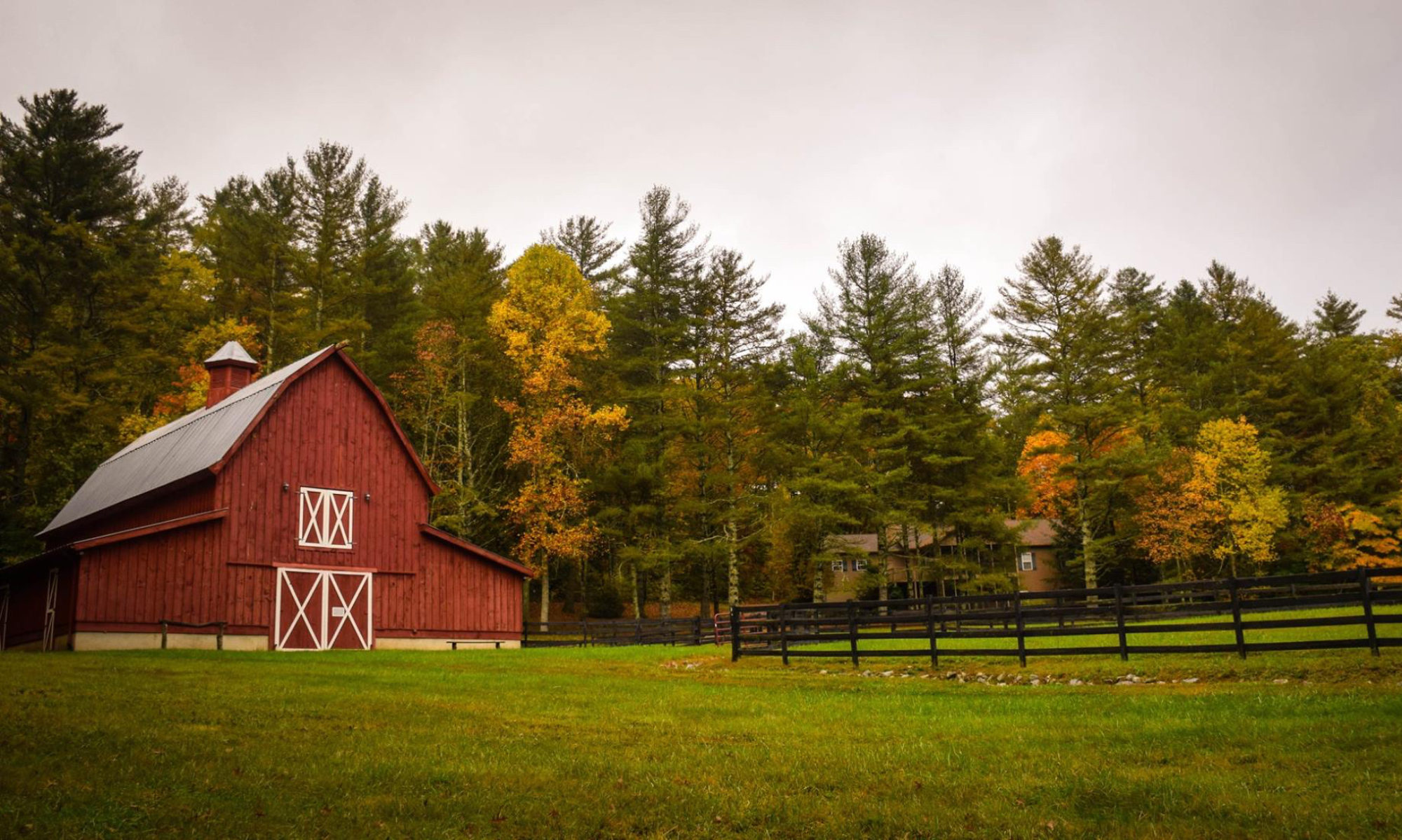It is going to be a long time before things start to look up in the agriculture and rural communities affected by Hurricanes Katrina and Rita. This story from the Christian Science Monitor provides a sketch that illustrates the much larger problems.
This is the time of year when Emmett Fowler would be pulling bright navel oranges, sweet satsumas, and juicy grapefruit from his citrus trees. Instead, Mr. Fowler expects he will be plowing under his 2,000 lifeless fruit trees.
“The state will have to test the soil for salt and crude oil,” says Fowler as he looks out at his groves […] and talks about whether he will be able to recover. “Most of the trees were under 14 feet of water.”
Hurricanes Katrina and Rita have left similar scenes of devastation across the state. State economists now estimate the losses to Louisiana’s farm economy at $1.6 billion – ranging from strawberry fields that were washed away to entire forests that had 10 to 15 years’ worth of timber destroyed. And, because of the salt-water flooding, agriculture experts say the damage could stretch on for years. […]
“There was nothing that we grow that was not impacted.”
And in a particularly ironic turn, some farmers are faced with losses from a lack of rain since the storms.
[S]ome farmers whose crops withstood the wind and floods watched their produce wither after weeks without electricity meant they couldn’t irrigate. “We’re still in a drought situation,” says Professor Bracy. “We’ve had no significant rain since Katrina or Rita.”
For farmers, the problems seem never-ending. After the hurricanes, there were shortages of diesel. This prevented farmers from using their generators, which could have powered their irrigation pumps. Dairy farmers, also without electricity, lost milk sales.
